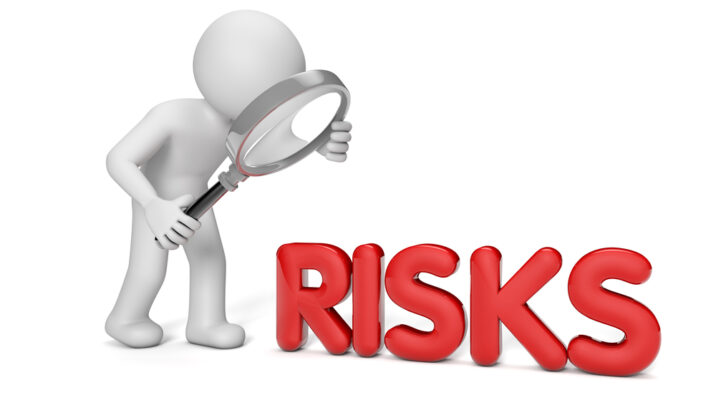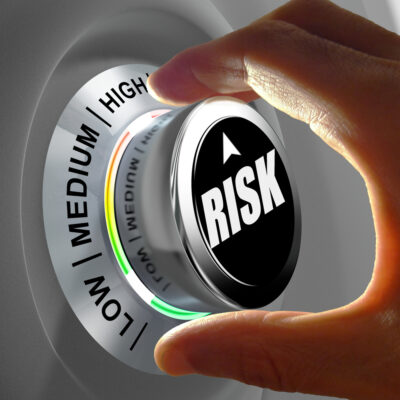Introducing the DoD Supply Chain Risk Management Plan Template, a versatile and user-friendly tool designed to help defense organizations enhance their supply chain security. This comprehensive guide assists in safeguarding sensitive data, maintaining operational efficiency, and mitigating potential threats, ensuring a resilient and reliable supply chain to support critical defense missions.
Equip your team with the knowledge and resources necessary to navigate the complex landscape of supply chain risk management in today’s fast-paced and interconnected world.
As any business owner knows, supply chain management is essential to the success of any organization. A supply chain is a network of suppliers, manufacturers, distributors, and retailers who are all involved in the production and sale of a product or service.
According to the Business Continuity Institute’s (BCI) Supply Chain Resilience Report 2020, 73.7% of organizations experienced a supply chain disruption in the past 12 months, highlighting the importance of effective risk management in supply chain operations.
All businesses rely on their supply chains to function effectively and efficiently. However, supply chains are also vulnerable to risk. The use of the NIST standards framework to address risks on the information of vendors is crucial.
Disruptions can occur at any point in the chain and can have a major impact on the business. That’s why it’s so important for businesses to have a robust supply chain risk management plan in place.
A well-designed risk management plan will help businesses to identify and assess risks, put controls in place to mitigate those risks and develop contingency plans for when disruptions do occur. The Dod supply chain risk management template is a great tool for businesses to use when developing their own risk management plans.
The Example of template that businesses need to consider when assessing and managing risks, from supplier selection and contract terms to transportation and storage.
Vendors outside are essential to your business ecosystem. But a lack of caution can create security risks in cyberspace. SolarWind’s supply chain breach is one such example of how vulnerable even trustful partners are.
The process of establishing supplier risk management strategies and their execution can become very difficult. According to Gartner, 60% of organizations have over 2000 vendors. There are numerous companies that need a comprehensive assessment of their relationship, from initial onboarding to a complete lifecycle review.
The Department of Defense’s (DoD) supply chain is a key asset that must be properly managed to ensure the safety and security of our troops. A supply chain risk management plan is essential for identifying and mitigating potential risks. In this blog post, we will discuss the components of a DoD supply chain risk management plan template and provide an example.

Components of Dod Supply chain risk management plan
1. Introduction
DOD’s Supply Chain Risk Management (SCRM) Plan Template assists in the development of a tailored SCRM plan. The template is intended to be used by acquisition program managers, in coordination with their supply chain risk management teams, to identify and assess risks associated with their programs’ supply chains.
The template provides guidance on how to develop and implement an SCRM plan that is tailored to the specific needs of the program and the use of technology.
The Department of Defense (DoD) is responsible for the safety and security of the United States and its citizens. In order to fulfil this responsibility, the DoD must manage the risks associated with its supply chain. The Supply Chain Risk Management (SCRM) Plan Template is designed to help the DoD identify, assess, and mitigate risks to its supply chain.
The purpose of the SCRM Plan Template is to provide guidance on how to develop a comprehensive SCRM Plan. The SCRM Plan should be tailored to the specific needs of the organization and should be updated on a regular basis.
2. Tailoring the Plan
The scope of the SCRM Plan Template includes all aspects of the DoD supply chain, from raw materials to finished products. The template is intended for use by all DoD organizations, including contractors, suppliers, and logistics providers.
The first step in tailoring the SCRM Plan Template is to identify the stakeholders who will be involved in implementing the plan. The template includes a list of potential stakeholders, but it is important to tailor the list to the specific needs of the program.
The next step is to identify the risks associated with the program’s supply chain practices. The template includes a list of potential risks, but it is important to tailor the list to the specific needs of the program and questions.
Once the risks have been identified, they must be assessed in terms of their likelihood and impact on site. The template includes guidance on how to assess risks and note.

3. Implementing the Plan
Once the SCRM plan has been tailored to the specific needs of the program, it must be implemented. The template includes guidance on how to implement an SCRM plan, including tips on communication and training.
It is important to involve all stakeholders in the implementation process and to ensure that they understand their roles and responsibilities.
4. Monitoring and Evaluating
The final step in the SCRM process is monitoring and evaluating the effectiveness of the plan. The template includes guidance on how to monitor and evaluate an SCRM plan, including tips on setting up metrics and conducting audits. It is important to periodically review the effectiveness of the plan and make changes as necessary.

Conclusion
Supply chain security risk assessment template is an important document of risk management. To ensure a secure supply chain security policy template, businesses must undertake a comprehensive supply chain risk assessment and develop a policy to address potential threats.
A Supply chain risk assessment checklist should be used to identify potential risks and the steps needed to mitigate them. Among the key components of supply chain security are monitoring the quality of products, implementing safe transport protocols, following safety regulations in the workplace, and assessing vendor reliability. Through mitigations, businesses can reduce their vulnerability to supply chain risks and create a stronger environment for both employees and customers.
Although there is no one-size-fits-all supply chain risk management plan, the components and general tips in this article can help organizations create a tailored plan that will best suit their needs. By implementing the plan and regularly monitoring and evaluating its progress, businesses can improve their chances of mitigating any potential risks to their supply chains. Have you put into place your own supply chain risk management plan?
Have you read?
How to write a supply chain risk management plan
Project risk assessment questionnaire template
Project risk management archives
Enterprise risk management archives
Easy project risk management with risk matrix
How to develop an enterprise risk management framework
Page 2 Of 19 | Connecting risk professionals

Chris Ekai is a Risk Management expert with over 10 years of experience in the field. He has a Master’s(MSc) degree in Risk Management from University of Portsmouth and is a CPA and Finance professional. He currently works as a Content Manager at Risk Publishing, writing about Enterprise Risk Management, Business Continuity Management and Project Management.

